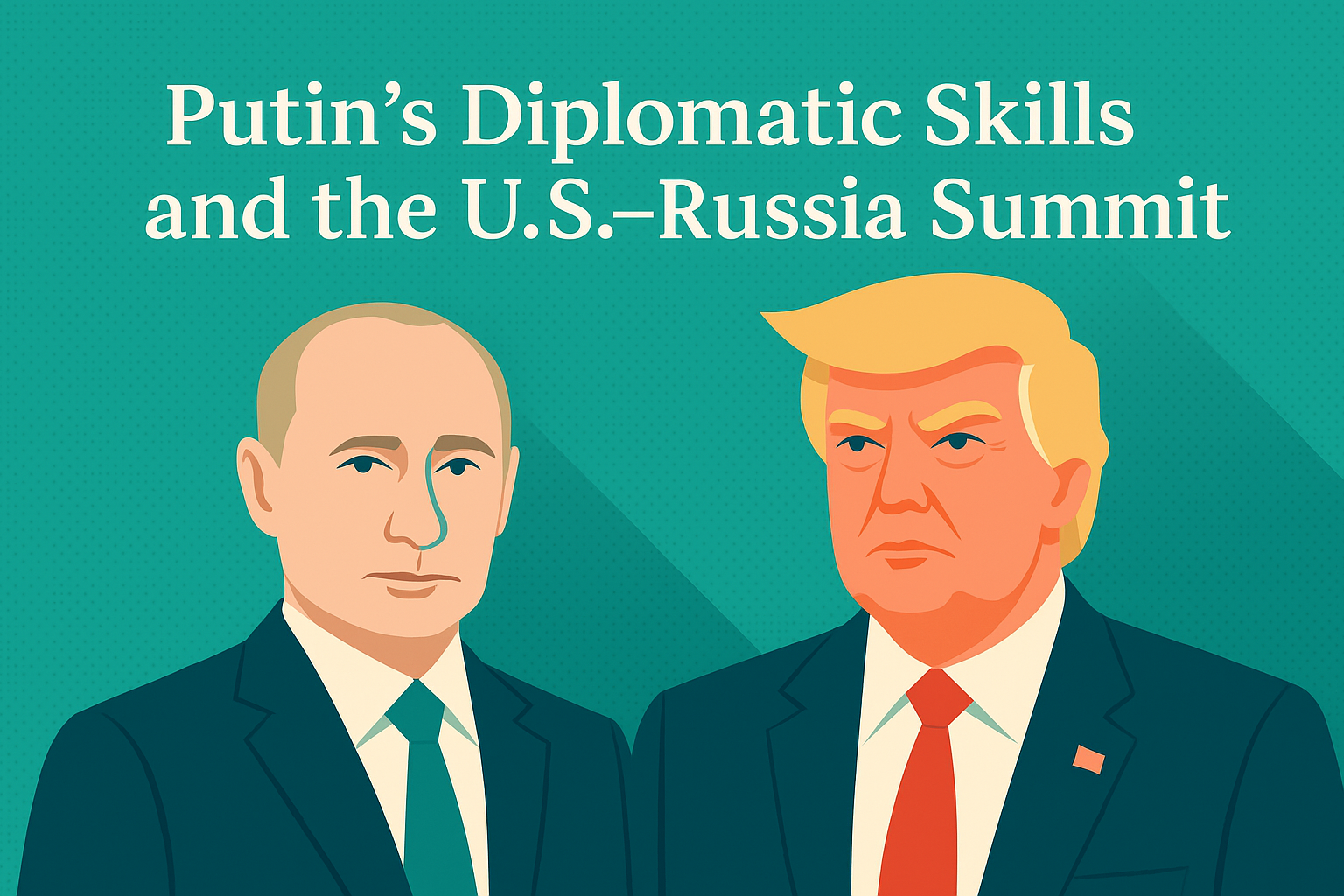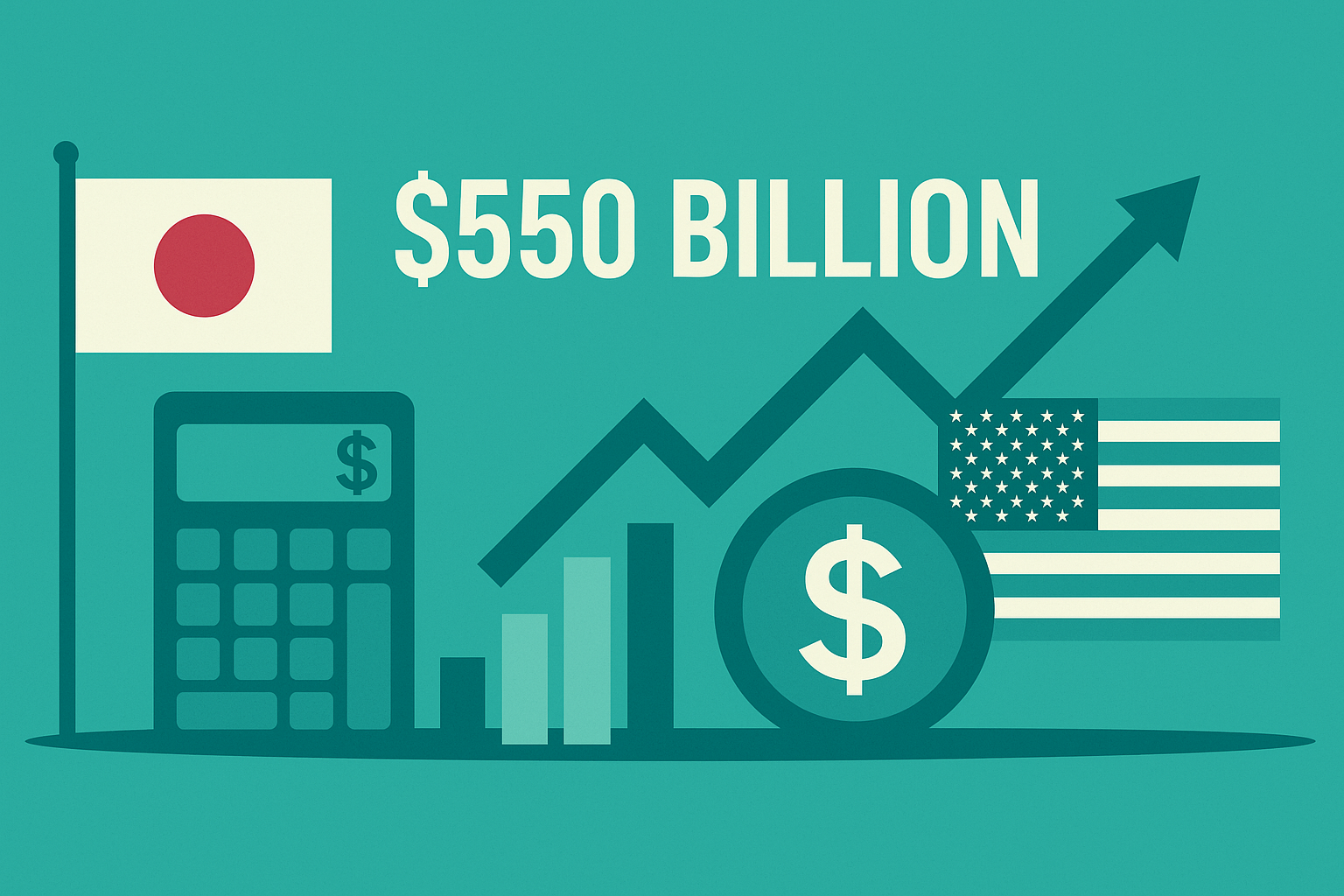Global Economist 2025.8.16
This report analyzes the August 15, 2025 U.S.–Russia summit in Alaska, highlighting Putin’s diplomatic strategy across performance, negotiation, divide-and-rule tactics, and constraints. It explores Trump’s gains, NATO implications, and links to Russia’s broader ties with China, India, and Africa, assessing the summit’s global impact.
Summary
The U.S.–Russia summit in Alaska on August 15, 2025, produced no breakthrough on sanctions or a ceasefire, yet its symbolic impact on global politics was profound. President Vladimir Putin demonstrated his mastery of performance and negotiation, securing international visibility and projecting Russia’s resilience. However, structural constraints—sanctions, battlefield realities, and reputational damage—continue to limit his strategic gains. This report examines Putin’s diplomatic craft and assesses the implications of the summit from an international political science perspective.
Putin’s Diplomacy: Tactical Sophistication under Strategic Constraints
Putin’s foreign policy operates on two levels: tactical brilliance and strategic limitations.
- Stagecraft – Ceremonial protocols, red carpets, military honors, and optics of equality with Washington convey the narrative that Russia remains a great power.
- Negotiation – By withholding concessions, Putin preserves leverage, hinting at future talks and economic deals (e.g., possible re-entry into Sakhalin-1).
- Divide and Influence – He exploits U.S. domestic polarization and NATO’s internal divisions, amplifying cracks in Western unity.
- Constraints – Sanctions, battlefield deadlock, and accumulated credibility deficits hinder his ability to translate tactics into durable strategic outcomes.
The Alaska Summit: Symbolism and Limits
The summit was marked by lavish symbolism but modest results.
- Symbolic Recognition – A U.S. military base, red carpet treatment, and joint statements offered Putin the optics of international legitimacy.
- Shortened Schedule – Originally planned as a 6–7 hour meeting with lunch and afternoon sessions, it was cut to around three hours. The cancellation reflected U.S. risk management and the absence of substantive progress.
- No Tangible Outcomes – No ceasefire deal, no sanctions relief, only references to “productive dialogue.”
- Next Round – Putin hinted at hosting the next summit in Moscow, aiming to shift the diplomatic stage to his home turf.
International Political Significance
1. The Ukraine War
While no ceasefire was agreed, the resumption of direct U.S.–Russia talks reintroduced diplomatic resolution as an international option. Yet Ukraine’s exclusion from the table highlighted sovereignty concerns, limiting credibility.
2. NATO Cohesion
The U.S.’s ceremonial engagement with Putin fuels anxiety in Eastern Europe (Poland, the Baltics) about a return to appeasement, while Western Europe perceives it as a potential opening for negotiation—thus magnifying intra-alliance tensions.
3. Global South Dynamics
For many states in Africa, Asia, and Latin America, the summit underscored that even Washington must negotiate with Moscow. This reinforces trends toward multipolar pragmatism and weakens adherence to Western sanctions.
Implications for Japan
- Diplomacy & Security – Japan must balance alliance loyalty (sanctions enforcement, humanitarian aid) with pragmatic management of limited channels with Russia.
- Energy Security – Speculation on Sakhalin-1’s reopening may tempt Japanese firms, but contracts should include sanction-proof clauses and MAC protections.
- Financial Markets – While markets may briefly turn risk-on, fundamentals remain tied to war and sanctions. Investors should remain cautious.
Conclusion
The August 2025 U.S.–Russia summit was a symbolic victory for Putin and a strategic containment exercise for Washington. From a political science lens, the meeting should not be seen as a peace breakthrough but rather as a performance in the theater of global multipolarity.


